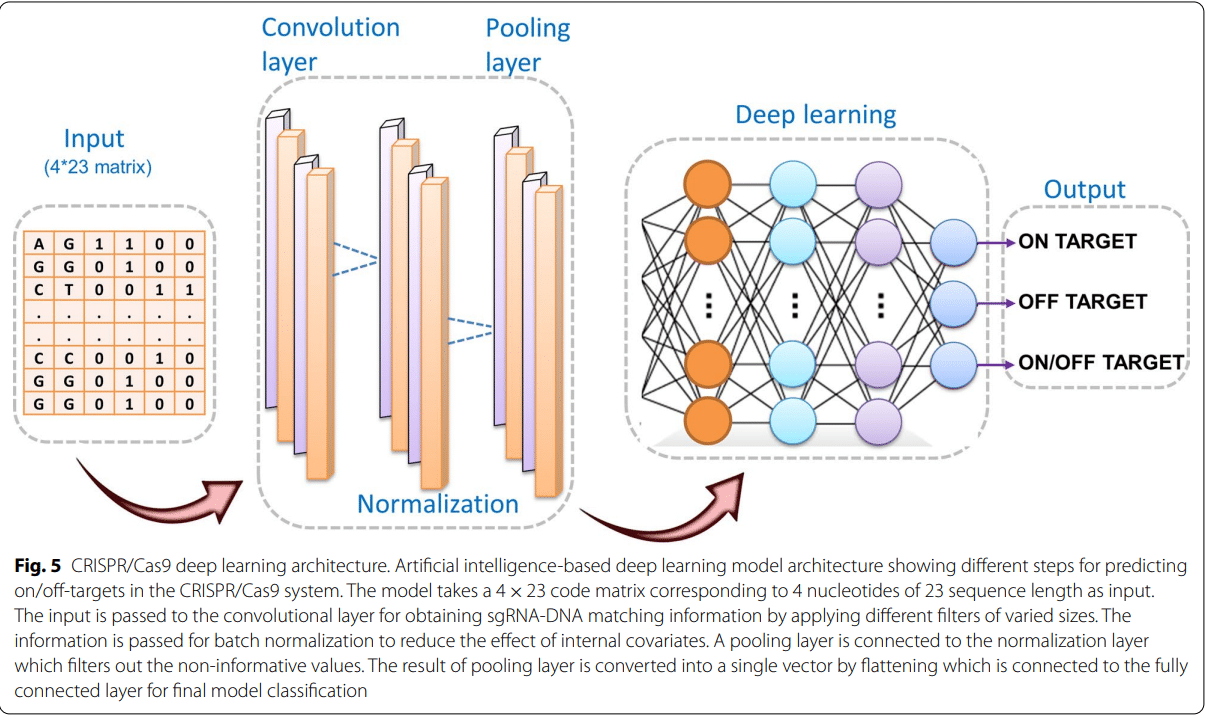Revolutionizing Genome Design with AI

A groundbreaking advancement in artificial intelligence has emerged, promising to transform the field of biological research. Researchers have introduced a new AI model capable of generating entire chromosomes and small genomes from scratch. This innovative tool, developed using a vast dataset of 128,000 genomes from various life forms, has the potential to interpret non-coding gene variants linked to diseases. As a result, it stands to significantly enhance our understanding of genetic research and genome engineering. The implications of this development are vast, opening new avenues for exploring DNA sequences and their functions.
About the AI Model
The AI model, named Evo-2, is a collaborative effort between the Arc Institute, Stanford University, and NVIDIA. According to a recent study published by the Arc Institute, Evo-2 is designed to be a versatile platform for researchers. It allows scientists to generate and analyze DNA sequences tailored to their specific research needs. Patrick Hsu, a bioengineer at the Arc Institute and the University of California, Berkeley, emphasized the model’s adaptability during a press briefing. Researchers can modify Evo-2 to fit various experimental requirements, making it a valuable resource in genetic studies. The model is accessible through web interfaces, ensuring that a wide range of scientists can utilize its capabilities. This accessibility is crucial for fostering collaboration and innovation in the field of genome research.
Trained on a Vast Repository of Genomes
Evo-2 distinguishes itself from previous AI models by focusing on genome data rather than solely on protein sequences. It has been trained on an extensive dataset that includes both coding and non-coding sequences. This dataset encompasses genomes from humans, animals, plants, bacteria, and archaea, totaling an impressive 9.3 trillion DNA letters. The model’s training incorporates the complexity of eukaryotic genomes, which contain interspersed coding and non-coding regions. This complexity enhances Evo-2’s ability to predict gene activity accurately. By understanding both types of sequences, the model can provide insights into how genes function and interact within the genome. This comprehensive approach positions Evo-2 as a powerful tool for researchers seeking to unravel the intricacies of genetic information.
Performance Evaluation and Capabilities
The performance of Evo-2 is still under evaluation, with independent testing necessary to fully assess its capabilities. Anshul Kundaje, a computational genomicist at Stanford University, noted that preliminary results indicate the model performs well in predicting the effects of mutations in critical genes, such as BRCA1, which is associated with breast cancer. Furthermore, Evo-2 has been utilized to analyze the genome of the woolly mammoth, showcasing its ability to interpret complex genetic structures. These initial findings suggest that Evo-2 could play a significant role in understanding genetic variations and their implications for health and disease. As researchers continue to explore the model’s capabilities, its potential applications in genetic research are becoming increasingly apparent.
Generating New DNA Sequences
Evo-2 has also been tested for its ability to design new DNA sequences, including CRISPR gene editors and genomes for bacteria and viruses. Earlier iterations of the model struggled to produce complete genomes, but Evo-2 has shown significant improvements. It now generates more biologically plausible sequences, which is a crucial step toward practical applications. Brian Hie, a computational biologist at Stanford University and the Arc Institute, acknowledged the progress made but emphasized that further refinements are necessary before these sequences can be fully functional in living cells. The ongoing development of Evo-2 aims to enhance its accuracy and reliability, paving the way for innovative applications in genetic engineering and synthetic biology.
Potential Applications in Genetic Research
Researchers are optimistic about the potential applications of Evo-2 in genetic research. The model is expected to aid in designing regulatory DNA sequences that control gene expression. Current experiments are underway to test its predictions on chromatin accessibility, a factor that influences cell identity in multicellular organisms. Yunha Wang, a computational biologist and CEO of Tatta Bio, highlighted Evo-2’s ability to learn from bacterial and archaeal genomes. This capability could lead to the design of novel human proteins, expanding the horizons of genetic engineering. As researchers continue to explore Evo-2’s capabilities, its impact on the field of genetics is likely to grow, offering new insights and tools for understanding complex biological systems.
Future Prospects for AI in Genome Design
The scientists involved in the Evo-2 project aim to extend their work beyond protein design to encompass comprehensive genome engineering. With ongoing refinements and laboratory validations, Evo-2 may significantly contribute to advancements in synthetic biology and precision medicine. The model’s role in understanding genetic regulation and designing functional DNA sequences is expected to expand as more researchers adopt and refine its capabilities. As the field of AI-driven genome design evolves, Evo-2 stands at the forefront, promising to reshape our understanding of genetics and its applications in health and disease. The future of genetic research looks promising with the integration of advanced AI technologies like Evo-2.
Observer Voice is the one stop site for National, International news, Sports, Editor’s Choice, Art/culture contents, Quotes and much more. We also cover historical contents. Historical contents includes World History, Indian History, and what happened today. The website also covers Entertainment across the India and World.

